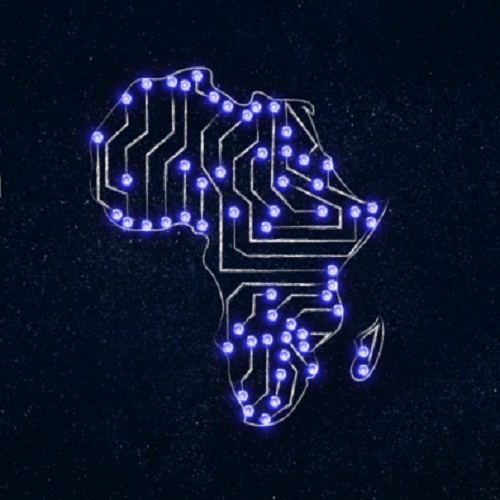As we know, traditional single-factor authentication systems require users to only provide a username and password to access a system network or application. A username and password is easily accessible for a hacker to steal and access your security system.
Multi-factor authentication (MFA) requires users to verify their identity with two or more factors (something you know – like a password, something you have – like a physical device, and something you are – like a fingerprint). Sonicwall MFA provides reliable assurance that an authorized user is who they say they are. This is why MFA is a much more effective method for protecting systems compared to only a username and password.
How MFA Combats Common Cyber Attacks
Cyberattacks mainly involve obtaining a user’s account credentials. Multi-factor authentication requires users to provide additional information or credentials beyond a username and password to gain access to an account. Even if an attacker manages to steal a username and password, it is unlikely that they can also compromise the additional authentication factor that is required with MFA. This is why MFA is perfect in combating cyber attacks such as:
Phishing
Phishing attacks are very common and most times very successful when the user doesn’t have MFA in place. However, if the user has some sort of multi-factor authentication in place, even if they get fooled by a phishing email, a hacker won’t be able to access their account. This is because a phishing email doesn’t provide the other authentication factors that MFA requires such as one-time passcodes, fingerprints, etc.
Keyloggers
Keyloggers can virtually capture any passwords that are entered into a system. If a user has MFA enabled, then it is not enough for the hacker to get access to only the username and password. If MFA is set up with a mobile authenticator app, then the authorized user needs that specific mobile device to sign in and authenticate the request. Without access to that device, cybercriminals cannot log in even if keyloggers are installed on their system.
Credential Stuffing
MFA is effective when it comes to credential stuffing attacks. Credential stuffing is when cybercriminals automatically and simultaneously try a list of stolen username and passwords on multiple sites. Because MFA needs an additional piece of information for authentication and login, hackers will be unable to access your accounts.
Brute Force Attacks
Cyber attackers will use brute force attacks to try and find a username and password. But since they do not know or don’t have the other authentication factors required by the MFA system, they cannot access the account.
Man In The Middle Attack
MITM attacks are when a hacker or a malicious program inserts itself into the interaction between users and applications and captures the information users enter. Ideally, MFA requires users to supply credentials from a different device. This can prevent hackers from intercepting or manipulating communications between the user and the authentication since they would not have access to that MFA device.
Many of these attacks are very common for cybercriminals in today’s world as there is an increase in remote work since the COVID 19 pandemic. To decrease your vulnerability, you may want to add two-factor authentication to your accounts to prevent account takeover. Two-factor authentication should be seen as an investment in security and not as an inconvenience. The more measures you take to minimize your vulnerability, the more protected you and your assets will be.
Source: doncaprio










